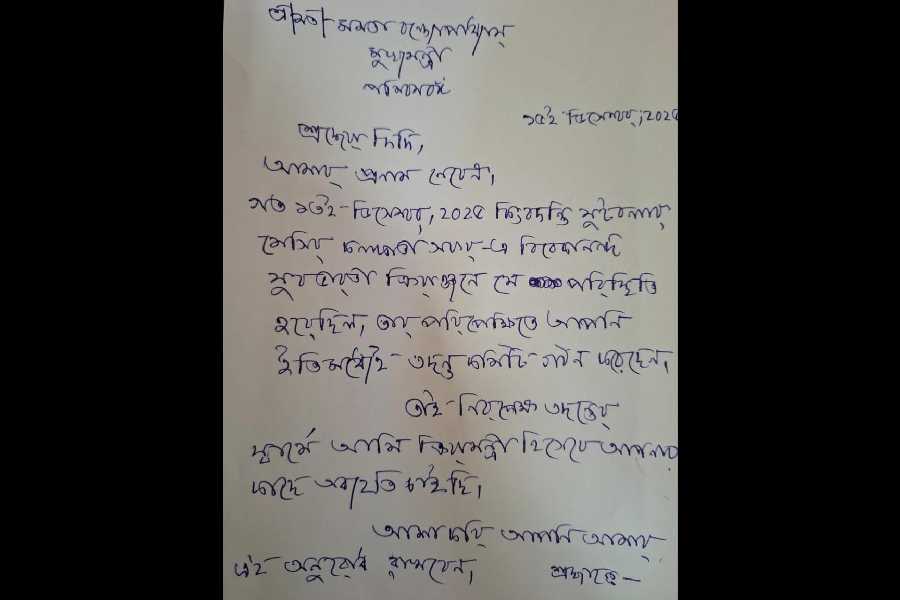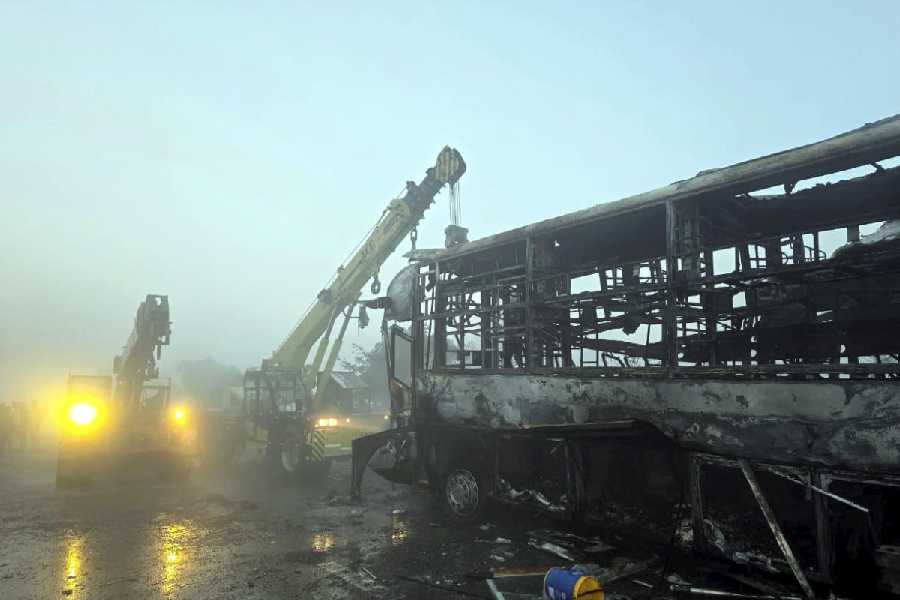Across the Mystic Shore can be termed a novel on the nature of love. The lives of the protagonists become a search to discover whether love necessarily entails the need to possess, whether it is synonymous with desire or if it is possible to love two persons equally and simultaneously. Built inextricably into these dilemmas is a quest for the meaning of freedom as the four women at the centre of the novel struggle to find ways to love and be free at the same time.
The greater part of the novel is set in Varanasi and the city serves not only as the backdrop for important incidents but is also like a living presence in the lives of the characters. There is the sense that much of what happens to them would not have been possible in any other city. This is more so because the Ganga flowing through Varanasi is supposed to wash away the sins of all those who take a dip in its holy waters. As Uma, Abha, Sameer and David find themselves haunted by sins of their own and their forefathers?, they seek release in the sacred waters. The Ganga, at once polluted and pure, becomes an image for their tortured lives.
The story of Uma and Romola forms the core of the novel. This strange and beautiful episode should not perhaps be called a ?story? because the women involved do not ?make it up? but create it as they live out the moments of their lives. And for Uma, recounting the story of her life with Romola also becomes a form of empowerment.
Deprived of her mother?s love at birth, Uma had found herself in a family that could love her only if she condemned her mother for her supposed sins. Stifled by the conditions of love, Uma seeks to break free by paradoxically incarcerating herself in an ashram. But the repressed desire to love and be loved soon rises up to the surface and Uma suffers a psychological breakdown. Romola would teach Uma that one becomes free not by denial but by learning to love oneself and to love life. Together, they defy the Rule of the Father ? symbolized by Swamiji ? by loving each other and celebrating their bodies through motherhood.
In a novel where most of the protagonists are strangely guilt-ridden, Romola is the only person who is too full of jouissance to be impeded by scruples. She becomes an incarnation of the Ganga in her terrible beauty, in her ability to create and uncreate the lives around her. But the freedom she stands for is difficult to sustain within the limits of quotidian morality. And Romola has to disappear into the depths of the Ganga as mysteriously as she had emerged from it. Yet she lives on in her son, Avinash, in Uma, and in all those whose lives she had touched. She teaches them all the art of loving ?without shame or fear?.
There is a quiet grace in Mukherjee?s prose. But one cannot ignore certain anomalies in the storyline. Mukherjee goes out of her way to emphasize the significance of Varanasi as the holiest place of the Hindus in the characters? lives but the preoccupation with sin and guilt seems all too Christian to merge with the Hindu symbolism. One wonders why a novel, whose closing section is entitled ?Kashika, the luminous one? should have chapters called ?The original sin? or end with ?Death in the bowers?? The novel also suffers from Mukherjee?s attempts to put certain kinds of literary theory into practice, depriving the characters of life. The author would do well to to put a little less of herself in her novels.










